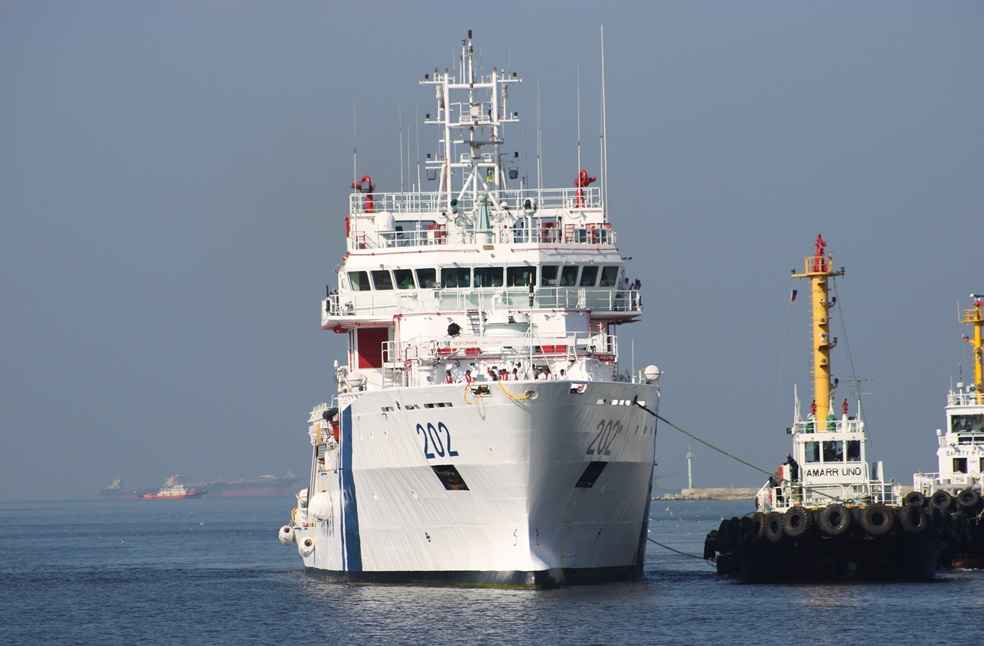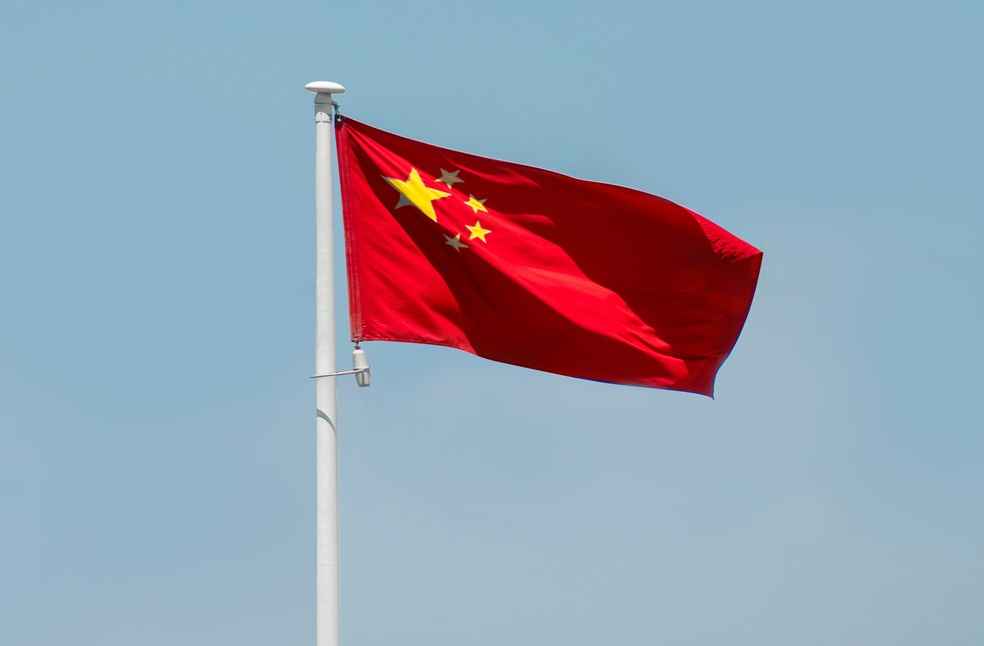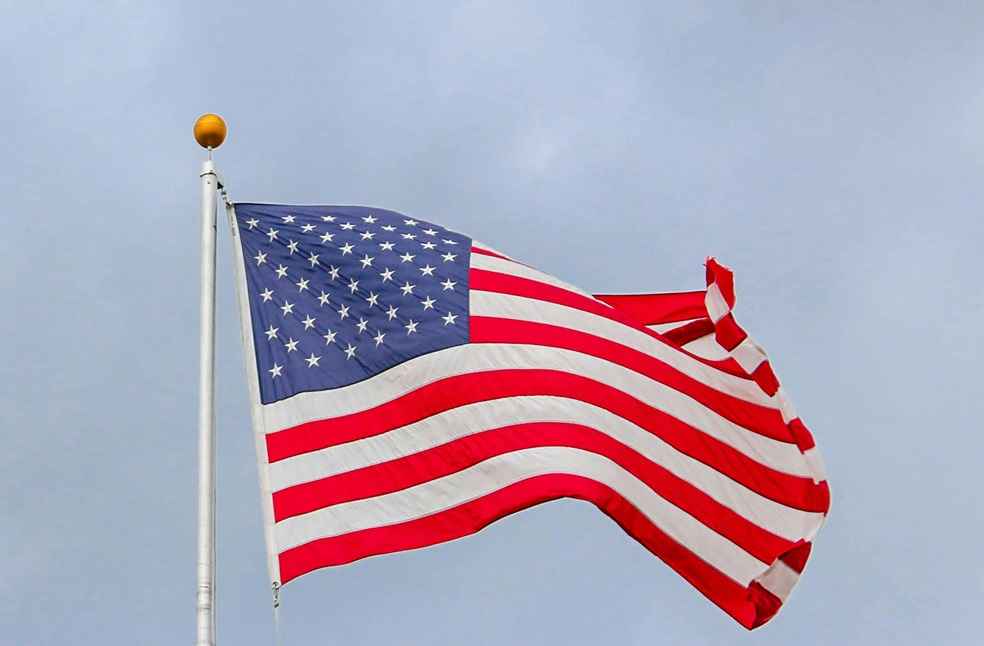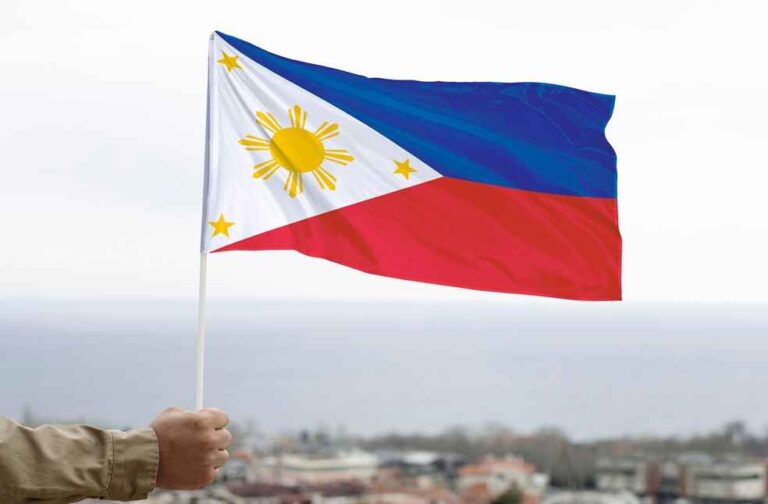Manila: The Philippines has summoned China’s representative following a water cannon attack in the disputed South China Sea that injured three of its soldiers.
The Philippines’ Foreign Affairs Department stated that Manila expressed its strong opposition to the aggressive activities undertaken by China’s Coast Guard and Chinese navigational militias against the Philippine assignment near the Second Thomas Shoal in the South China Sea.
The department issued a statement in which it also directed its mission in Beijing to file a formal complaint regarding the incident. This decision was made a day after Eduardo Ano, Philippines National Security Adviser, reported that the confrontation resulted in three Filipino soldiers being injured and significant damage being caused to the Unaizah May 4 vessel.

The extent and type of injuries sustained by the soldiers were not disclosed, but the military mentioned that the personnel received treatment aboard a coastguard escort ship.
The Second Thomas Shoal, also known as Ayungin in the Philippines, is the site of several conflicts between Chinese and Philippine ships over the past year. In March, the Chinese coastguard damaged Unaizah May 4 for the second time using a water cannon at the remote shoal. Since 1999, a slight delegation of the Philippine Navy and Marines colonised the shoal on a marooned warship and required regular resupply tasks to survive. However, they are encircled by Chinese coastguard and imagined militia vessels, creating an increasingly tense territorial standoff.
China asserts its claim over the South China Sea, disregarding the rival claims of other countries, such as the Philippines. Despite a global verdict that states that China’s claim is illegal, the Chinese Ministry of National Defense cautioned the Philippines against actions that may provoke China, while also promising to protect Beijing’s territorial sovereignty in the region.

The ministry said that, “We warn the Philippines to stop making any remarks that may lead to the intensification of conflicts and escalation of the situation, and stop all infringing and provocative actions. If the Philippines repeatedly challenges China’s bottom line, China will continue to take firm and decisive measures to firmly safeguard its territorial sovereignty and maritime rights and interests.”
There were several confrontations between China and the Philippines at sea, which raised concerns that the situation could escalate into a larger conflict. This could ultimately lead to a clash between the Philippines’ ally, the United States, and China.
While Washington does not claim any territory in the contested waterway, it deploys Navy ships and fighter jets as part of its ‘freedom of navigation’ functions. However, China criticised these actions by the US. The region is a critical trade route for the global economy.

The United States frequently cautioned that it is bound to support the Philippines, its oldest treaty partner in Asia, if Philippine forces, ships, or aircraft come under an armed attack, including in the South China Sea.
Matthew Miller, spokesman of US State Department, commented that, “The US stands with its ally the Philippines and condemns the dangerous actions by the People’s Republic of China (PRC) against lawful Philippine maritime operations in the South China Sea on March 23. The Chinese ships’ repeated employment of water cannons and reckless blocking manoeuvres resulted in injuries to Filipino service members and significant damage to their resupply vessel, rendering it immobile.”



